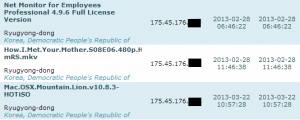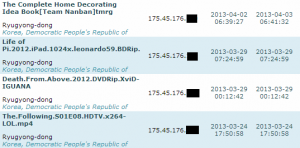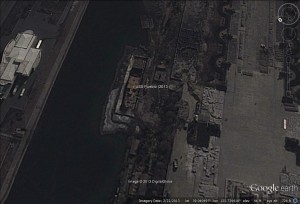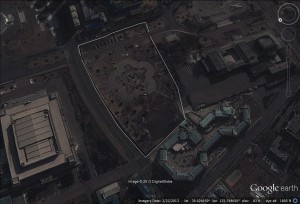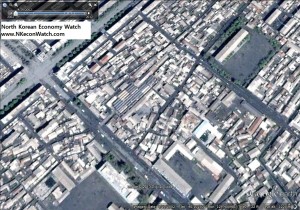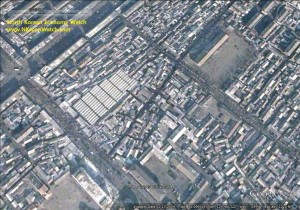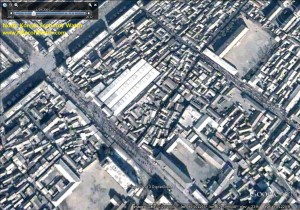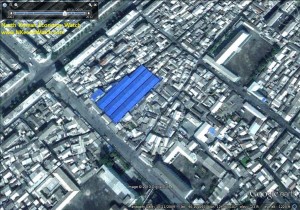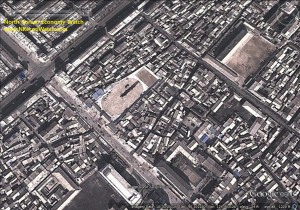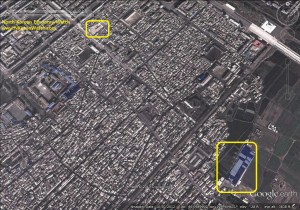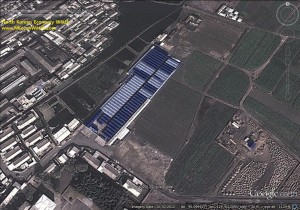Institute for Far Eastern Studies (IFES)
2013-4-18
After Kim Jong Un came to power about a year ago, his main official activities reportedly were focused on the military. The young leader is said to be looking to consolidate control over the military to strengthen the monolithic leadership system.
Recently, South Korea’s Ministry of Unification (MOU) released a report on the first anniversary of Kim Jong Un’s appointment as the first secretary of the Workers’ Party. In the report, Kim Jong Un is reported to have made a total of 192 official activities in which 38 percent (73 activities) were focused on the military while political and economy related activities were 23 percent (45) and 20 percent (37), respectively.
Compared to Kim Jong Il’s record of 145 activities in 2011, in which military related events were 39 while economic and political and entertainment performances were 11 and 29, respectively, Kim Jong Un’s activities were focused more on the military.
In addition, a higher number of military elites were seen accompanying the state leader to these military-related events.
The report also stressed the difficulty in assuming that the North Korean economy drastically improved or deteriorated after Kim Jong Un took power. According to FAO and WFP reports, 2012 to 2013 grain production reached 4.92 million tons, which is an increase of 10.5 percent against the previous year.
This is the third consecutive year where an increase in grain production has been reported; but North Korea still faces a deficit of 210,000 tons, as 5.43 million tons is estimated to be minimum grain requirement (according to FAO) and only 300,000 tons is expected to come in from overseas. However, MOU authorities explain that regardless of the food supply, distribution difficulties still remain in North Korea.
The exchange rates are reported to have been continuously on the rise from last year. As of March of this year, 1 USD exchanged for 8,000 KPW and the price of 1 kg of rice was 5,500 KPW. Considering the average monthly salary of North Korean workers ranges between 3,000 to 4,000 KPW, the food situation for the ordinary people is suspected to still be poor.
The report also did not see any significant signs of changes in North Korean economic policy. In North Korean leader Kim Jong Un’s New Year message, building a strong economic nation was named as the top agenda for the year, with agricultural and light industries as key sectors. However, the national budget recently released by North Korea’s Supreme People’s Assembly (SPA) revealed a decrease in the budget for agricultural and light industries while the defense budget has increased.

